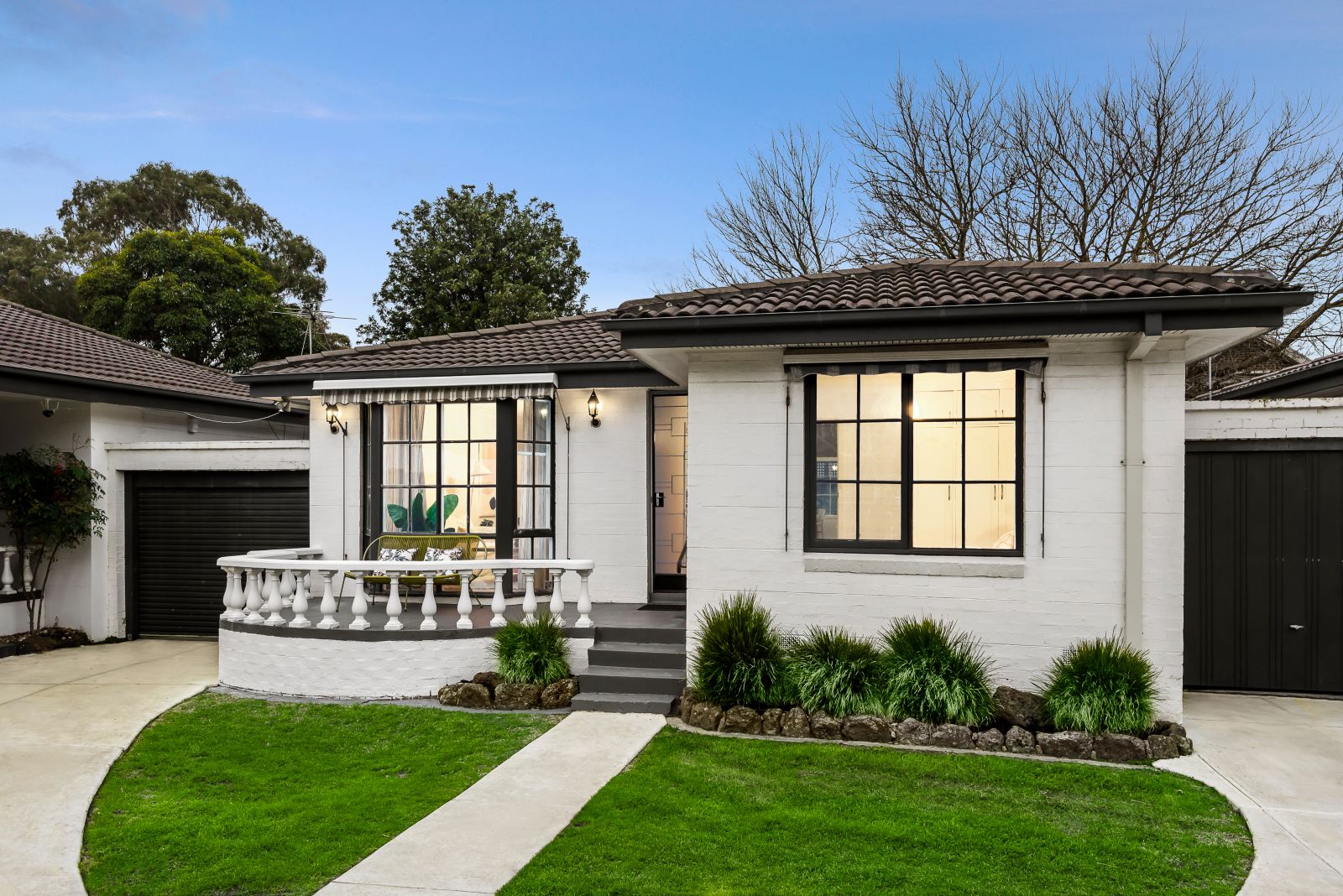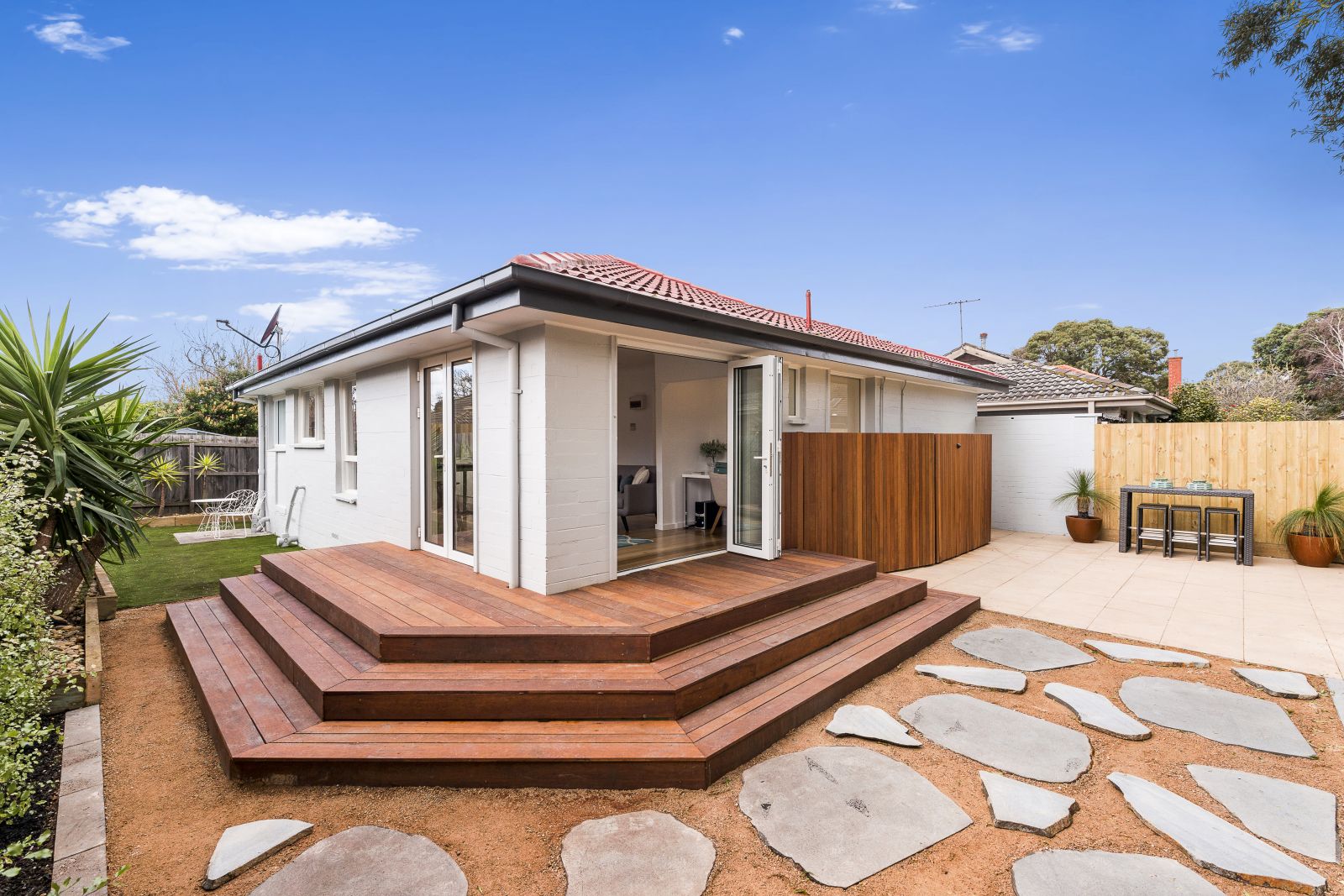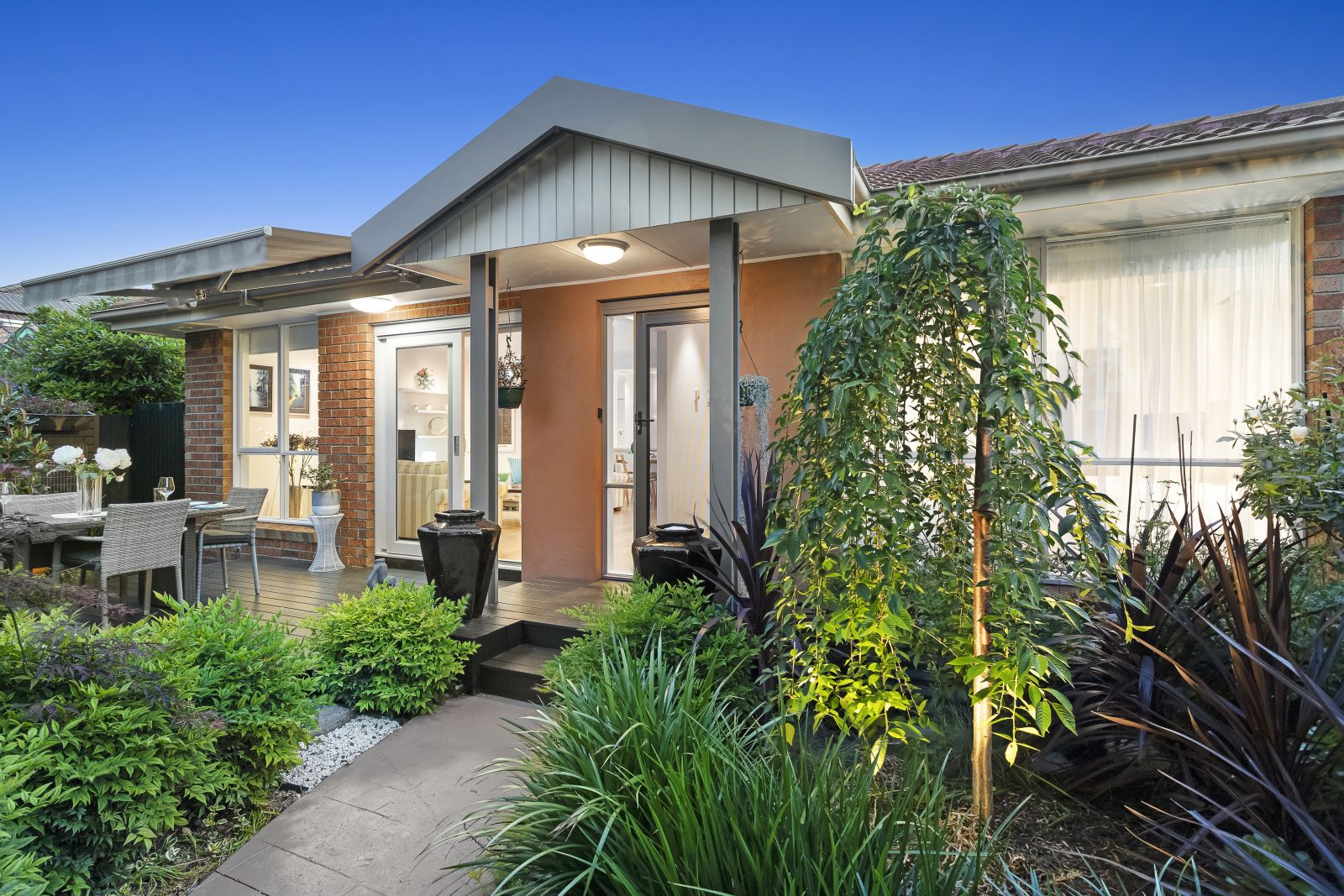Low to the ground, high in demand: What makes villa units so irresistible?
There’s something quietly special about the humble villa unit. Single-level, garden-wrapped and full of charm, these mid-century builds are having a moment – and not just with downsizers. We sat down with our Co-founder and Director, Gary Peer, to unpack the history of villa units, who’s buying them now and why their popularity is only rising.
Villa units, defined
Not quite an apartment. Not quite a house. A villa unit sits neatly in between – and, according to Gary, that’s exactly where the magic happens.
‘They’re typically single-level and grouped in small clusters,’ Gary explains. ‘Sometimes you’ll find a row of two or three. Sometimes it’s a horseshoe layout with six. But the key thing is they give people that house feel, without the full house price.’
And while townhouses can be multi-level and tightly packed, villas offer space and flow. Plus that all-important courtyard.
‘People want their own front door, their own outdoor area, their own privacy,’ Gary shares. ‘Villas deliver that. That’s why they’ve always had a unique appeal.’

A brief history of bricks and charm
Villa units first emerged in the 1960s and ‘70s, when suburban development was booming and buyers were looking for practical alternatives to large family homes.
Single-level, low-maintenance and cleverly spaced, villas offered the comfort of a house without the upkeep. And they took off.
‘They were a smart response to the way people wanted to live,’ Gary explains. ‘Developers could create something more accessible than a standalone house, but still with privacy, land and street appeal.’
Villa units became especially popular in suburbs with generous land parcels and thoughtful planning regulations – like Caulfield, Brighton East, Carnegie and Malvern East.
‘You’ll still find pockets of them all over Melbourne’s inner south-east,’ Gary says. ‘They’ve really stood the test of time.’
And while every council approached development differently, one thing was consistent: villa units were designed for liveability first, and density second.
From empty nesters to energetic investors
Traditionally, villas were seen as the perfect downsizer option. And for many, they still are.
‘Older buyers love the fact there are no stairs,’ Gary shares. ‘They can still have a garden, still feel like they’re in a home, just a more manageable one.’
But the market is shifting.
‘More young buyers are jumping in: singles, couples, even small families. Villas are like the cool compromise,’ Gary says. ‘They’re priced under standalone homes, but they’re not boxed in like an apartment. They offer independence.’
The rise of high-end apartments has also changed the game.
‘Luxury builds with lifts and basements have pulled some of the downsizer market away,’ Gary explains. ‘And that’s left villas open for a younger demographic who still want character and land.’

Why villas are vanishing
If you’ve tried to buy a villa recently, you’ll know they’re not exactly abundant.
‘They’re just not being built anymore,’ Gary says bluntly. ‘Planning laws have changed. The economics have changed. Now, if a developer gets their hands on a good block, they’re putting in two townhouses or six apartments. Not four villas.’
That makes the existing stock feel a little like real estate gold.
‘Villas are a limited species,’ Gary says. ‘And as soon as something becomes rare – and still desirable – demand follows.’
That demand is being reflected in prices.
‘Villa units have appreciated faster than many apartments,’ Gary notes. ‘People will stretch just that little bit further to get into a villa. And once they’re in, they rarely want to leave.’
From open to over in no time
Want proof of villa popularity? Just look at what happened at 6/1-3 Pearce Street, Caulfield South.
This single-level villa, with three bedrooms, two bathrooms and a double garage, sold for $1,244,500 in June 2025.
‘It was the complete package,’ Gary explains. ‘Private front garden, bright interiors, house-like flow – it just ticked all the boxes.
‘What pushed the price was the sense of lifestyle,’ he continues. ‘People could see themselves living there – entertaining in the courtyard, cooking in the open-plan kitchen, walking to the local shops.’
And the interest was fierce.
‘We had multiple offers and some real emotion amongst bidders,’ Gary reveals. ‘Buyers knew how rare it was. That’s the thing with villas – when a good one hits the market, it doesn’t stay there long.’
.jpg)
Reno gold meets retro soul
Still think villa units are just for retirees? Think again.
‘There’s been real movement lately,’ Gary says. ‘Younger buyers are renovating them into absolute stunners.’
Some lean into the retro roots. Others go full modern. But the bones are always there.
‘They’re solidly built. They’ve got great proportions. And most importantly, they’ve got land – a courtyard or front garden that’s ripe for landscaping,’ Gary explains.
He’s even seen buyers bring them back to their era. ‘There’s this whole trend of restoring the 70s vibe with terrazzo tiles, vintage furniture, you name it. It’s giving these homes a new personality.’
And because they’re on one level, the renovations are often simpler and more affordable than multi-storey makeovers.
‘People love the fact they can live in it, fix it up gradually and add value along the way,’ Gary says.
The case for the classic villa
So, should you buy a villa unit? According to Gary, if you can find one, yes.
‘You’re buying something unique,’ he says. ‘They’re not building them anymore. They offer land, lifestyle and location at a price point that’s often more achievable than a freestanding house.’
They also offer long-term upside.
‘Because they’re rare – and they’re still ticking all the boxes – villas tend to hold their value. They’re easy to rent out. Easy to sell. Easy to love!’ Gary adds.
And best of all? You don’t have to move a couch up three flights of stairs.
